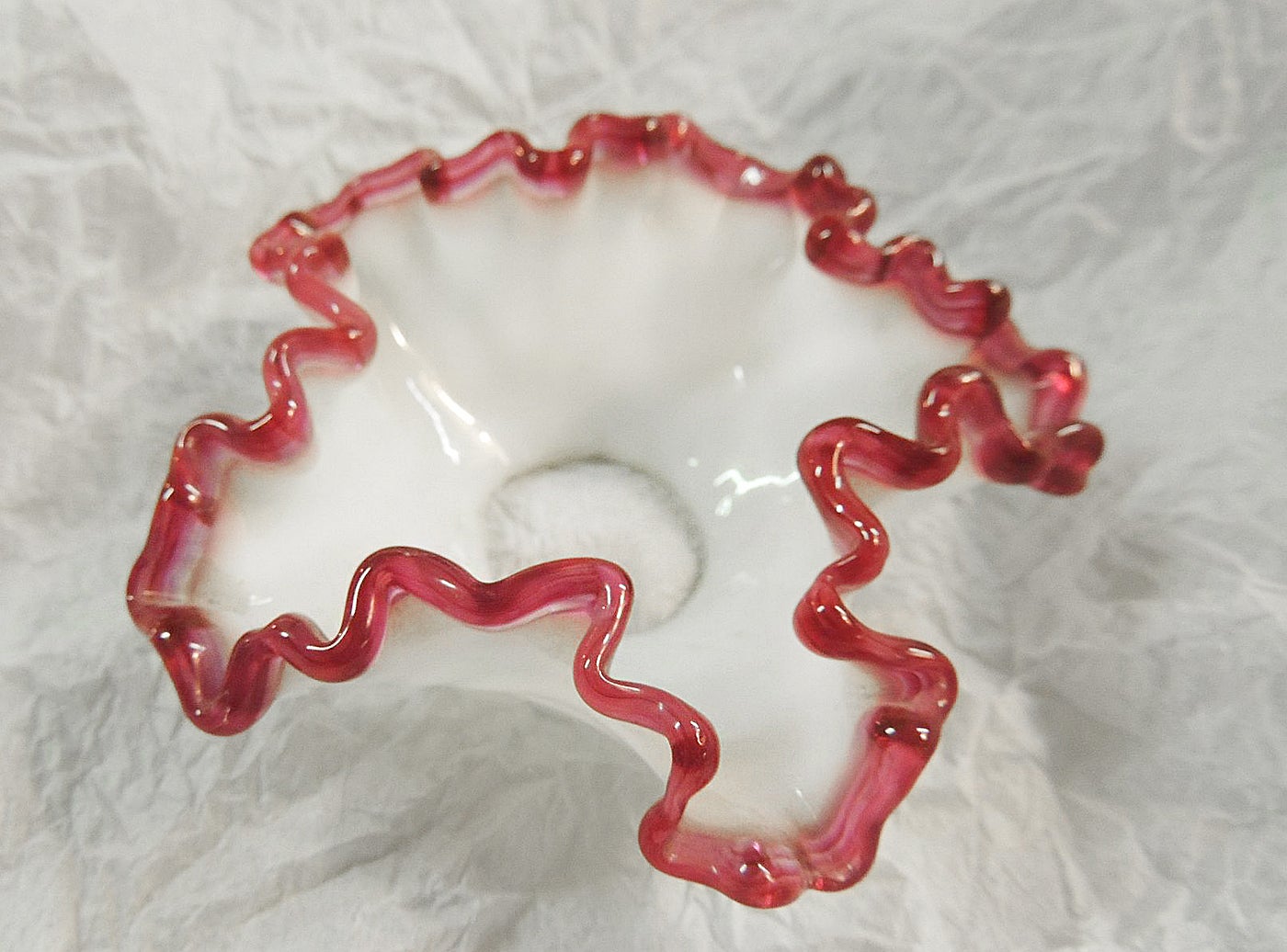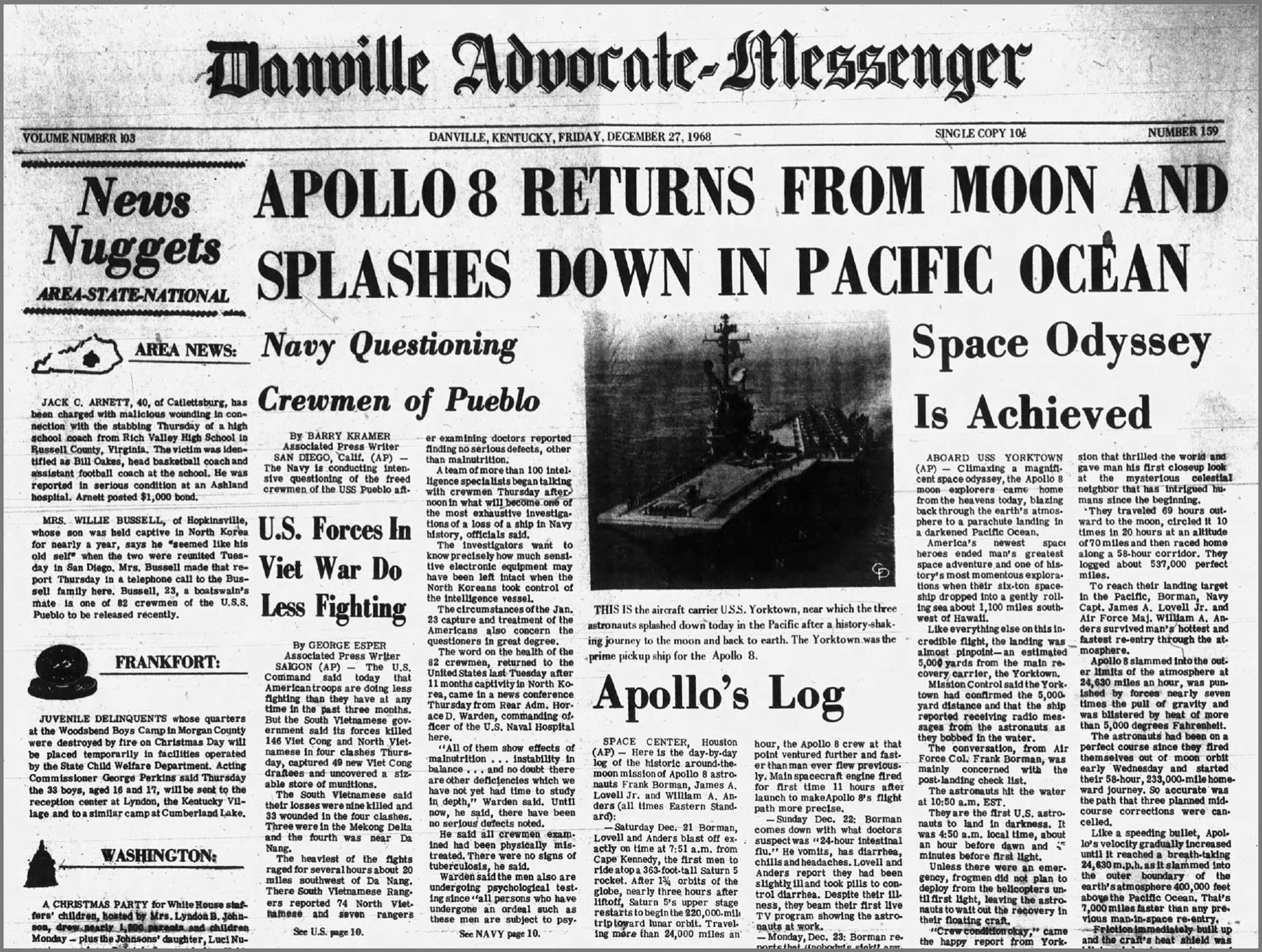It’s not broken; it’s a colorful Victorian bobeche
Published 4:55 pm Friday, November 15, 2019
By JERRY SAMPSON
Personal Effects
Question: Mr. Jerry, you’re always asking me if I have anything antique that is a puzzle for me. Well, my wife and I found this several years ago in my auntie’s house. She had been a collector of all kinds of antique things but this piece stumped not just me and my wife, but my whole family. I say it’s broken, as the hole in the middle is all rough. Is it a pin dish? I know you’ll tell us all about it. Thank you.
Answer: It’s not broken; that’s the way it’s made. You have a Victorian / Edwardian era, art glass
bobeche. A bobeche is a fancy French term for a wax drip cup for a candlestick. It sat on top of the candlestick and the candle slips into the hole, so that it looks like a collar or skirt around your candle. This would help protect your table top from blobs of hot wax.
Bobeches or drip cups have been around for centuries. They were mostly used with brass or silver candle holders. If you were poor, you didn’t have fine brass or silver candlesticks or even candles for that matter — or good ones, anyway.
Tallow fat candles were what was used by the poor or in the backwoods. They sputtered, smoked, sparked, smelled and dripped like crazy. Those of means used high-quality beeswax candles. Beeswax burned clean and it’s drips were at a minimum.
1855 was the first time that the term bobeche was mentioned in print. Sadly, I couldn’t find what the word actually meant. Even though they have been around, in some form or fashion, for a long time, they really bloomed from the 1880s to the early 1900s or so. Today, you can find pale and cheap examples in stores like T.J. Maxx and the like. Usually, these are paper thin clear glass, with some chintzy engraving.
Your piece was the Mac Daddy of glass bobeches — of course the Victorians were like
that. Anytime they could install some color or shape, they did it on a grand scale. Most bobeches were in solid colors, used on candlesticks, candelabras and chandeliers. Most were satin glass but many were colored opaque or translucent glass.
Your piece is extra special, because it’s white milk glass with a cranberry ruffle. Odd colors or color combinations were even more expensive, therefore fewer were made. If lucky, you can locate just about any color that you want. Of course, what drives collectors crazy are matched sets. Two, four, 12 or even 24 make a great difference in value.
I like the singles, they look sharp on a single candlestick and add a punch of color. Today, unless you love the Victorian glass, bobeches are as old fashioned as buggy whips and salt boxes. However, because you have a super color combination, even if it’s a single, you might find it in a fine antiques shop priced at about $25. Thanks for a great question.







